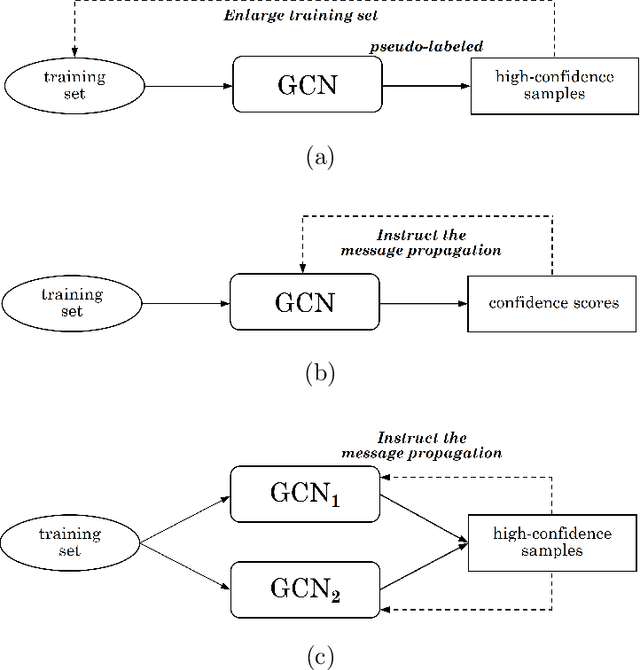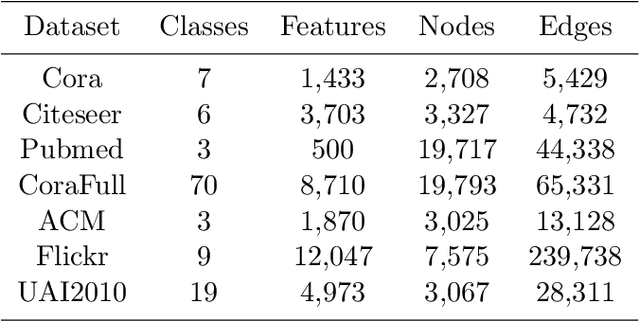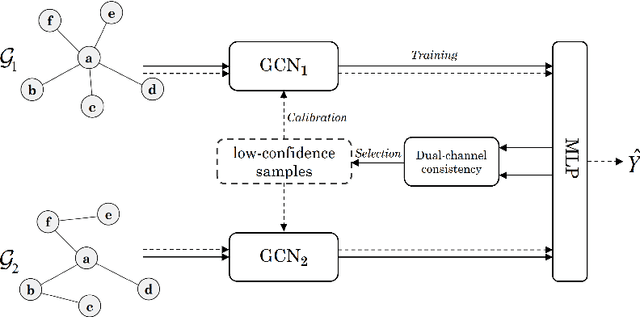Select and Calibrate the Low-confidence: Dual-Channel Consistency based Graph Convolutional Networks
Paper and Code
May 08, 2022



The Graph Convolutional Networks (GCNs) have achieved excellent results in node classification tasks, but the model's performance at low label rates is still unsatisfactory. Previous studies in Semi-Supervised Learning (SSL) for graph have focused on using network predictions to generate soft pseudo-labels or instructing message propagation, which inevitably contains the incorrect prediction due to the over-confident in the predictions. Our proposed Dual-Channel Consistency based Graph Convolutional Networks (DCC-GCN) uses dual-channel to extract embeddings from node features and topological structures, and then achieves reliable low-confidence and high-confidence samples selection based on dual-channel consistency. We further confirmed that the low-confidence samples obtained based on dual-channel consistency were low in accuracy, constraining the model's performance. Unlike previous studies ignoring low-confidence samples, we calibrate the feature embeddings of the low-confidence samples by using the neighborhood's high-confidence samples. Our experiments have shown that the DCC-GCN can more accurately distinguish between low-confidence and high-confidence samples, and can also significantly improve the accuracy of low-confidence samples. We conducted extensive experiments on the benchmark datasets and demonstrated that DCC-GCN is significantly better than state-of-the-art baselines at different label rates.
 Add to Chrome
Add to Chrome Add to Firefox
Add to Firefox Add to Edge
Add to Edge